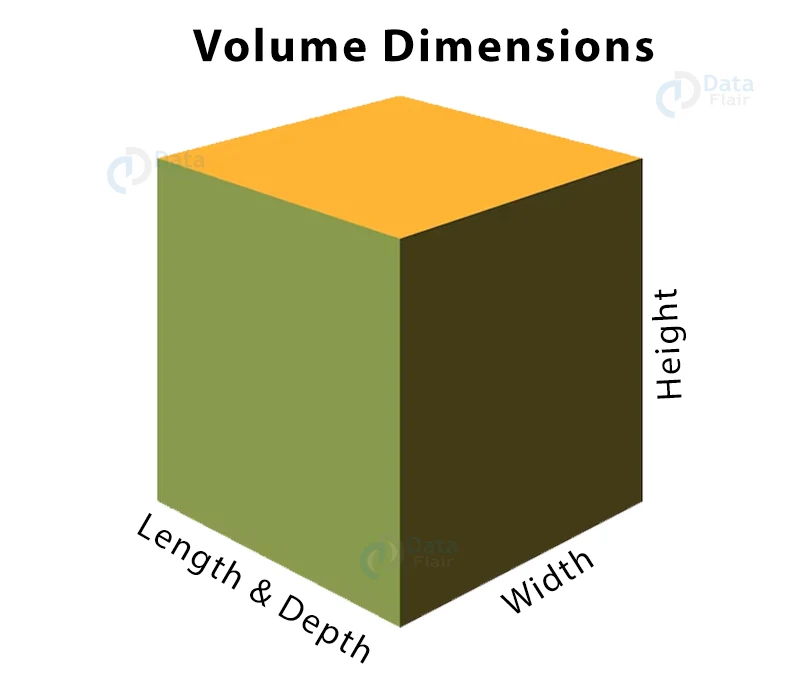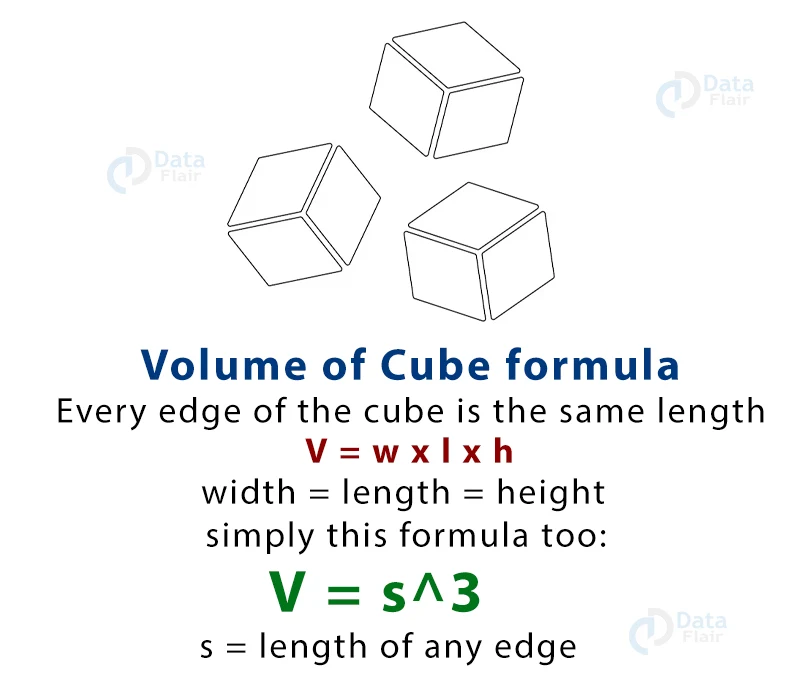How to Calculate the Case Cube of a Box?
FREE Online Courses: Your Passport to Excellence - Start Now
A measurement known as a “case cube” is applied to wholesale buying and shipping. A case of any particular item will occupy how much volume, or three-dimensional space, in your warehouse, according to the case cube. Both cubic meters and cubic feet can be used to measure the case cube.
In both instances, even though the single case cube measurement reveals how much room the case occupies, it does not decompose that data into three dimensions—taking each box’s length, width, and height as an example.
Therefore, being aware of a case’s accurate dimensions is also helpful. This information is often provided on any spec or wholesale sheet that lists the case cube.
Long Way-
Dimensions of a case cube
- Pallet loads are referred to as “case cubes.” Pallets, also known as skids, can be constructed to order, although the two generally accepted sizes in the United States are 42″ x 48″ and 48″ x 48.” (48″x48″). 40 square-inch and 42-square-inch pallets are more popular in some industries. The typical European pallet is 48 inches by 42 inches in size (48″x42″).
- Pallets can range in height from 3.5 inches to 6 inches, but the average pallet is 5.5 inches high. The height of the pallet must be added to the height of the pallet load when putting pallets into a truck.
- The load capacity of the pallet and the height of the trailer box both place restrictions on the height of the load on the pallet. Most pallets have a weight limit of 2,500 pounds, however, they can be strengthened to support up to 4,500 pounds. The height of the door space determines the maximum height of the pallet stack while the height of the trailer box varies. Door heights on lengthier trailers are typically around 105 inches, compared to 104 inches for 28-foot vehicles (commonly known as “pups”).
Case Cube Dimensions Measurement
- Measure the load’s longest dimension on each pallet before computing the case cube dimensions. The length and width of the load should ideally match the specifications of the pallet, but transported products may not fit inside those boundaries. In this case, measure the longest dimension in each horizontal direction as well as the highest point on the pallet if the materials on the pallet protrude over the pallet boundaries.
Volume Calculation Using the Case Cube
- The entire volume of the pallet can be calculated by multiplying the length, width, and height together. The volume of the pallet will be 42 inches by 48 inches by 60 inches (42x48x60), or 120,960 cubic inches, for instance, if the pallet load has dimensions that fit a 42×48-inch pallet and is 60 inches tall. Calculate the volume in cubic feet by dividing by 1,728 (one cubic foot is equal to 12x12x12 cubic inches, which is equal to 1,728). Calculating the volume of this example cube, we can see that it is equal to 70 cubic feet (ft3).
- The longest measurement in each direction would be used to calculate the volume of the pallet load that did not match the pallet size. The volume of the case cube would be 44x56x60, or 147,840 cubic inches if the load took up a 42×48-inch pallet but was actually 44 by 56 inches with a 60-inch height measurement. 85.55 ft3 is the result of dividing 147,840 by 1,728.
The Freight Box is Loaded
- The volume of a typical 53-foot trailer is around 4,050 cubic feet. “Turning the skids” may be necessary to load case cube freight efficiently into the trailer box. To better fit across the width of the trailer box, the pallets must be turned sideways in order to fit on the skids. If they are rotated, about 30 42×48-inch pallets can fit in a typical 53-foot trailer.
- In the same trailer, about 26 48×48-inch pallets will fit. When turned, a 48-foot trailer can hold about 24 48×48-inch pallets or 26 42×48-inch pallets.
The Pallet Cubic Feet Calculator
- The volume of the intended load can be determined using online pallet cubic feet calculators. The shipper enters the number of goods to be shipped as well as the size of each individual item. When calculating the total load volume, items with varying dimensions that are requested to be included in the load can be added. The calculator provides the anticipated load’s total volume.
- One consideration in shipping freight is the case cube volume. Weight is the second case cube factor to take into account. Unless a special authorization is granted, federal restrictions limit the vehicle, trailer, and load’s combined weight to 80,000 pounds. Generally speaking, this caps the load at 45,000 pounds.
Short Way-
1. You can measure a single unit’s length, width, and height in either inches or meters
- Measure all dimensions in the same unit of measurement, regardless of the scale you employ.
- The unit could alternatively be measured in centimeters; however, it can be difficult to translate centimeters to meters (the final measurement). Instead, before continuing, convert the centimeter measurements to meters by multiplying by 100.
- Any amount that the item is marketed or packed in is referred to as a “unit.” A single bottle, box, or bag would thus constitute a unit. However, if the product in issue is being sold in a 3-pack of bottles, you would need to measure all 3 bottles since they are packaged together in order to obtain the dimensions needed to calculate the case cube.
2. Add the unit’s length, width, and height together
3. If your measurements were in inches, multiply the outcome by 1728. The outcome is the case cube, measured in feet cubed. In the scenario where your measurements were in meters, there is no need to divide; your outcome is the case cube in meters cubed.
4. Completed.
Conclusion
You must first determine the box’s length, width, and height in inches in order to determine the case cube in cubic feet. Next, multiply all three figures collectively, then divide the result by 1728 to determine the cubic-foot size of your case cube.
Did you know we work 24x7 to provide you best tutorials
Please encourage us - write a review on Google



